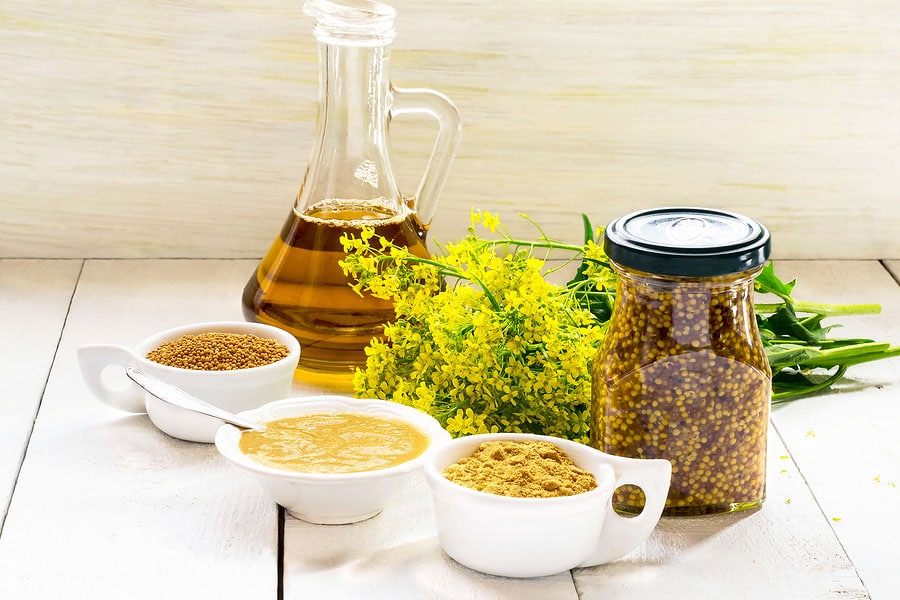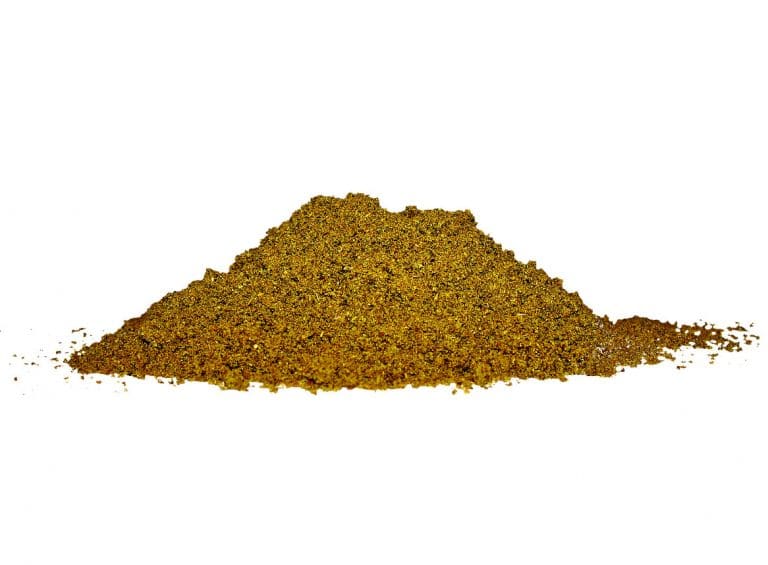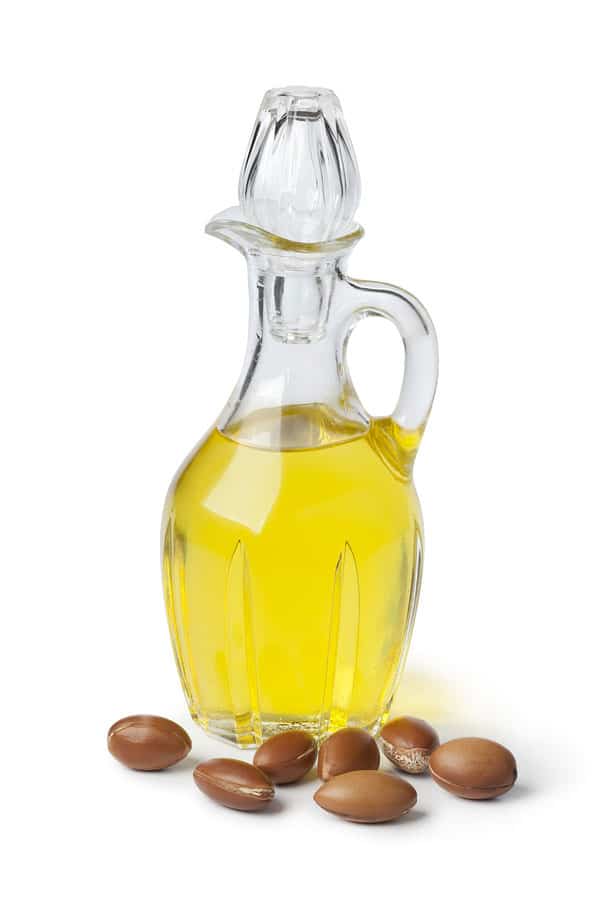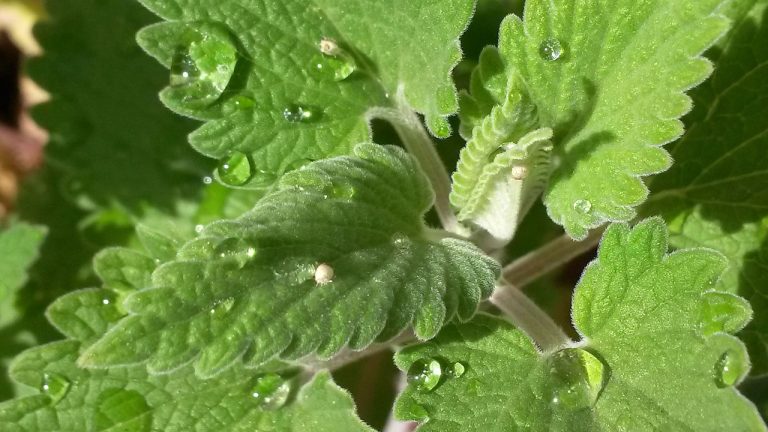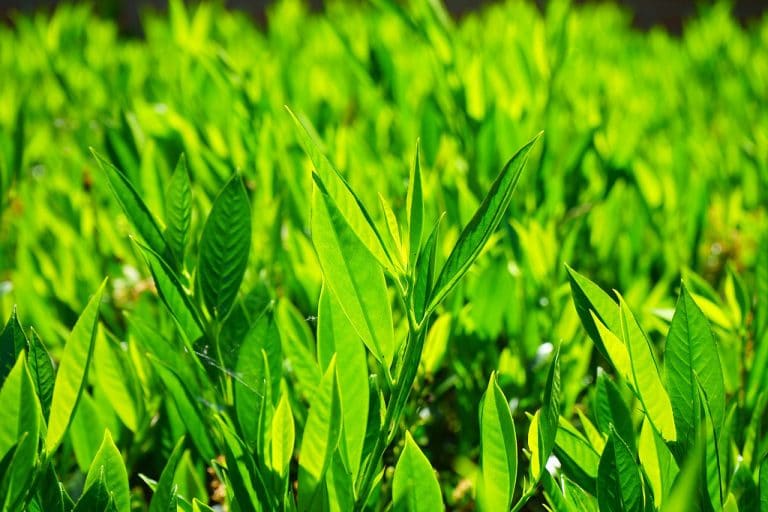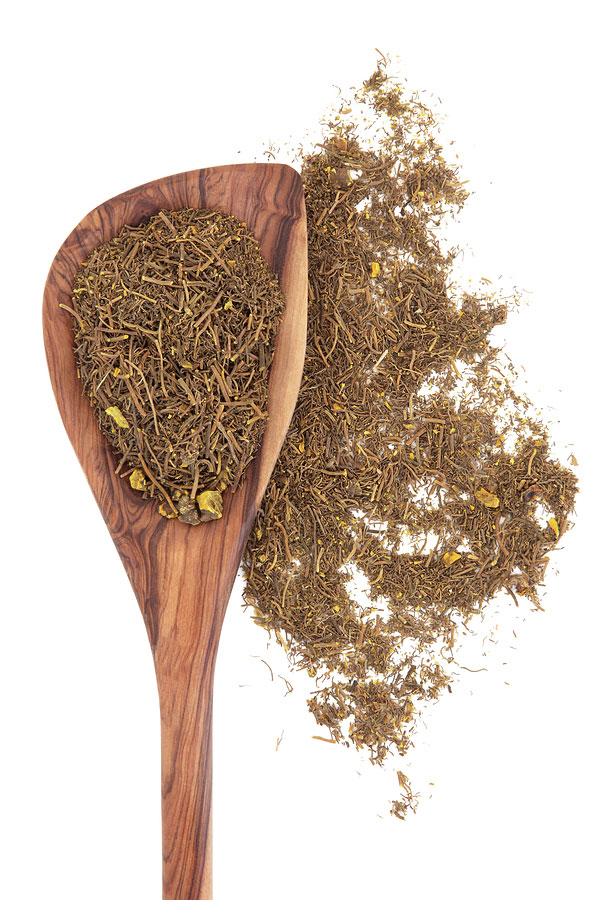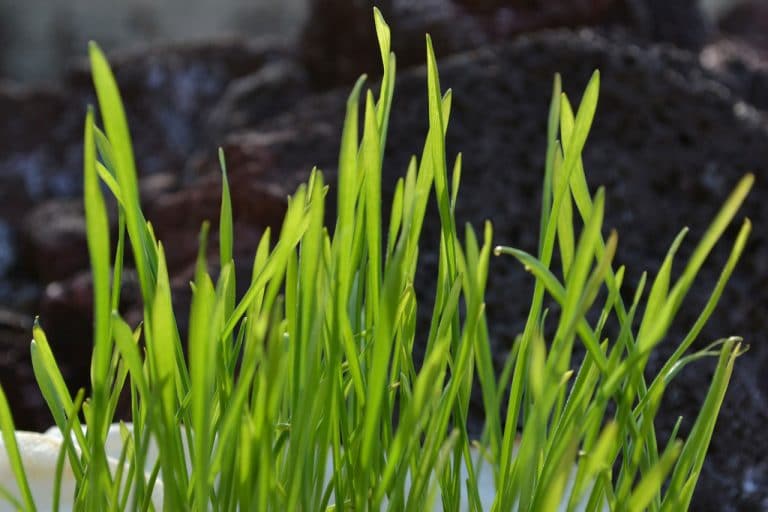Mustard
Scientific Classification
Mustard, originating from the seeds of the mustard plant, is used for seasoning food. There are yellow mustards, brown mustards called Sinapis Hirta or white mustards, and Brassica Juncea which are Indian mustards or B. Nigra, which are black mustards. Mustard seeds in the form of whole, ground, bruised, or cracked, are blended with either salt, water, lemon juice, or even other liquids, and, at times mixed with other flavors and spices, and made into a paste or rather sauce in different colors ranging from brilliant yellow to deep brown. This tastes either spicy or sweet.
History
Even though certain types of mustard plants were deep- rooted crops in the Roman and Hellenistic times, Hopt and Zohary note. Archeological records related to any of these crops are not available. Mustard found in the wild and their kind, the turnip and radish are found in Europe and west Asia. Making them useful in food items began in these places. But Hopf and Zohary concluded. Opinions regarding the group to which these plants belong can be based only on a linguistic basis..
Anatomy
The color of the mustard plant is colored brilliant yellow, which gradually fades. Its stems are 1/4th to 1/2. Thick, parted four ways in racemes, that are elongated. Immediately thereafter, the four sided narrow pods appear vertically around ½ an inch in length cling to the stem. The lobes of its leaves are segmented in various forms having fine segregations; the lobes at the end are bigger in size than the ones that are branched into two or four at the sides.
Habitat
Other than the Northeastern regions, the mustard plant grows all over Europe. It also grows in the Northern regions of Africa, Asia Minor and Southern Siberia. It grows naturally in South and North America. In England, Italy, and Holland, Germany and in other places, it is cultivated in large scale, particularly for the purpose of its seeds. It is partially used as oil and partially as a condiment. In the East of India, this oil is the main cooking medium.
Soil for planting
In rich and moist soils mustard leaves are tender and they grow quickly. Sunlight is still appreciated, since they produce mainly leaves rather than fruits they are more adjustable to the shady environment when compared to the fruiting vegetables such as tomato. Make the soil healthy by adding compost in a thickness of 3 6 inches above the portion you wish to plant your mustard. Further, use a tilling fork, either uplift the bed or upset the soil onto the ground. If you intend to plant your mustard seeds in a pot make use of a good quality potting mix. Many a times we think it is early when we plant the mustard seed; however it is rewarding doing so. When you intend to harvest in the fall, plant your mustard 4 to 6 weeks prior to the predicted frost. While harvesting in spring, it is necessary to begin planting 4 weeks before the end of the frost date and proceed planting after sometime.
Water
You need to water your mustard plants at the rate of two inches per week. Generally, when the weather is cool, you need a sufficient supply of rainfall, but in case you fail to get it, it is necessary that you provide extra watering.
Temperature and Humidity
Mustard flourishes when the climate is cool and in the periods when the growth is short. Seedlings adjust to mild frost and the temperature is reduced to 4.40C (400F). However, the plant dies in acute frost.
Care
In the cultivation of mustard, weeds play a vital role, bringing great loss to the mustard cultivation, since they outgrow the mustard seedling. At this stage, eradicating the weeds becomes complicated, once they are set. Planting the seedlings to the correct depth is the ideal way of getting rid of the weeds. When the seeds are planted in shallow soil, they germinate faster, and permit the growth of a homogeneous plant.
Pests and Disease
The common issues faced by the mustard plants are cabbage worms and aphids. You can use organic pesticides for other greens and Mustard plants. The mustard plants are subjected to the effects of mildew. In order to restrict the spread of the disease, encourage a healthy and quick growing plant, so much so that they are less prone to diseases.
Uses
In certain countries, mustard shoots and leaves are edible, just like any other vegetable. The mustard seed is included in dressing and seasoning. It is possible to grow mustard seeds in rotation along with other vegetables. Despite this the earlier Greeks understood the optimal use of this plant as a medicine and the characteristics of its detection were given to Asclepius, the demigod of healing and medicine.

Having discovered a fondness for insects while pursuing her degree in Biology, Randi Jones was quite bugged to know that people usually dismissed these little creatures as “creepy-crawlies”.

